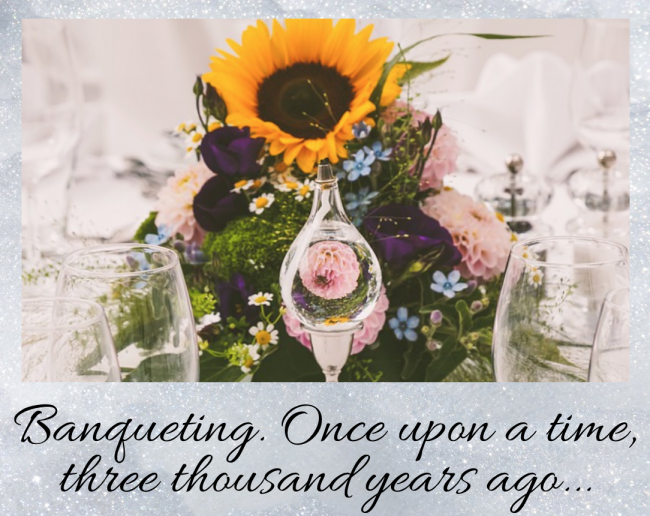Banqueting and Catering are unquestioned variables of every event includes a “food moment”. The two concepts are very often switched and confused, though the difference is important and substantial.
In fact:
The catering is basically the supply of food and beverage.
The banqueting is the activity that includes collective catering, but more oriented to preparation and decoration of banquets.
That means banqueting managers and banqueting companies will provide the organization of the venue and other services as well, such as:
- venue selection
- guests transport
- music and dj
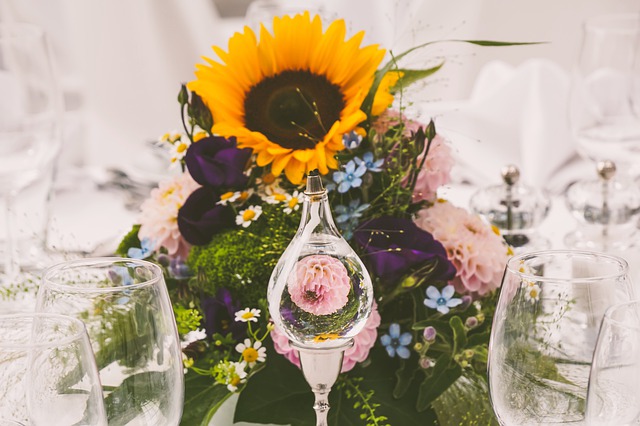
And because today i am going to tell you more about this beautiful event related activity, you are going to be surprised knowing how deep and old its history is.
The origin of the Banqueting
Everything started in the ancient Greek
…And it could not be otherwise! Ancient Greeks, avant-gardists in everything, used to dine in a way we would call “Russian way”, meaning with food already prepared and placed in the plate.
Most likely, every Greek man used to have a part of the house, or just a room, with prohibited entrance to married women and children. This room, the Andron, was the place were all the banquets occurred. The participants ate food and drank wine, entertained themselves with games, conversation and music. But wine was consumed between meals, unlike the Symposium.
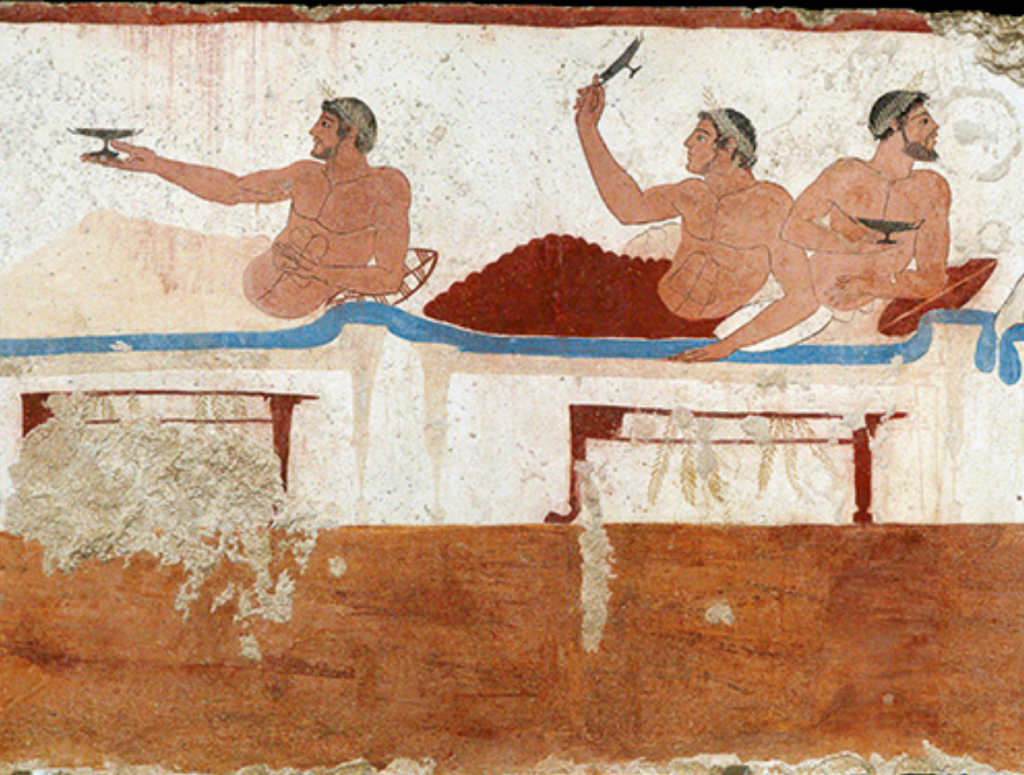
In the Symposium, in fact, the wine – that had a particular religious meaning, as gift for Dionysus – was drank only at the end of the meals, following the direction of the simposiarca. He was the one deciding the precise number of glasses of wine the participants would have drank.
In the end, the Greek convivial tradition was so important that has been imported by the Etruscans, who adapted it to their customs and civilizations.
The banqueting in the Ancient Rome. Lux and elegance
Ancient Romans are well known all over the world for their pomp and lux in the old days, and that could be clearly seen by the way they used to dine, lying on the left side, on a kind of chaise-bed.
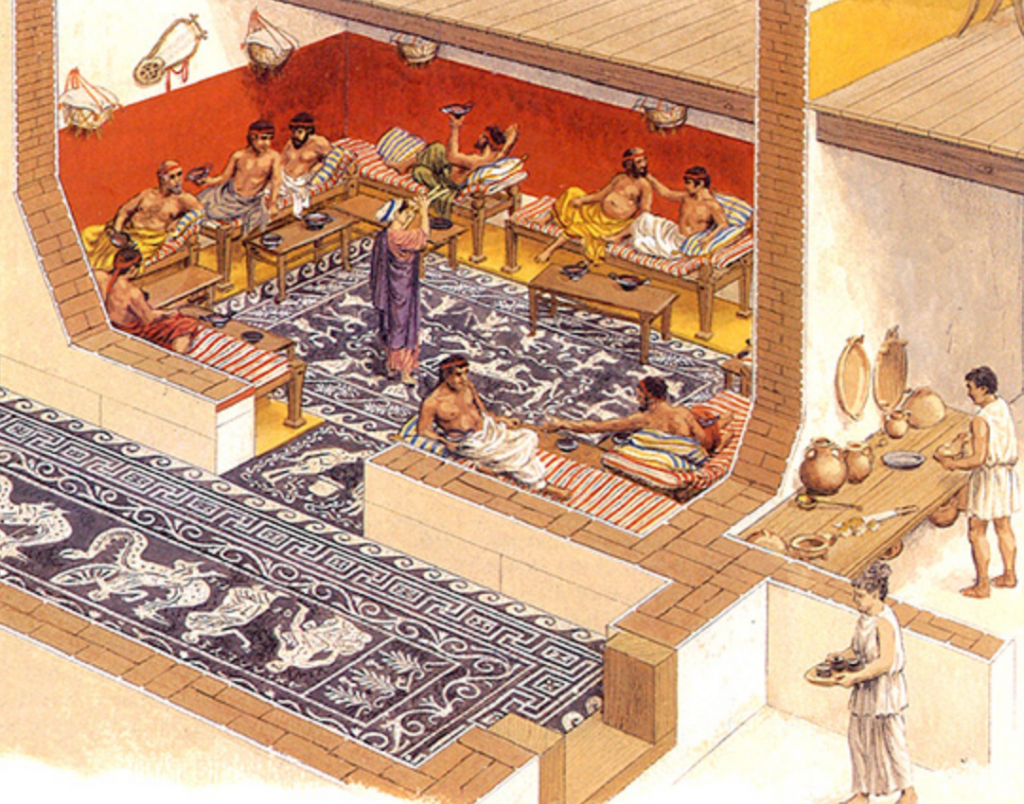
Why left side? Simply because the right hand needed to be free to grab the food from the trays on the tables!
Do you think it is comfortable? Mhhh…I would probably preferred chair and table, but for sure that denoted elegance and lux among the Roman patricians.
And it is always in the Ancient Rome that we can start to see a kind of sit-en-place. For example, during the important banquets, the consular sit, the one chosen for the most important guest, was always at the right of the owner of the house.
No! No forks, no tablecloth! To have some tableclothes – some! – we should wait for Charles the Great.
Catherine de’ Medici. Queen of France, queen of Banqueting
However the real, true essence of the banqueting, where etiquette and bon-ton are imposed as rules, and where there was particular attention to the decoration of the tables, is with Catherine de’ Medici.

Spouse of Henry II of Valois, the daughter of Lorenzo de’ Medici was the first one to have introduced the use of the fork. And it is also thanks to her that France started knowing other type of food, such as broccoli, artichoke, truffles, peas, lettuce…And tomatoes and turkey from the New World!
Her banquets were always excellently detail planned, rich, ostentatious and for sure expensive for the period. Only for her wedding with King Henry II, she called the cooks of the Mugello and the best bakers of Florence!
And because of her passion for table, banqueting and food, she has been called the foodie queen.
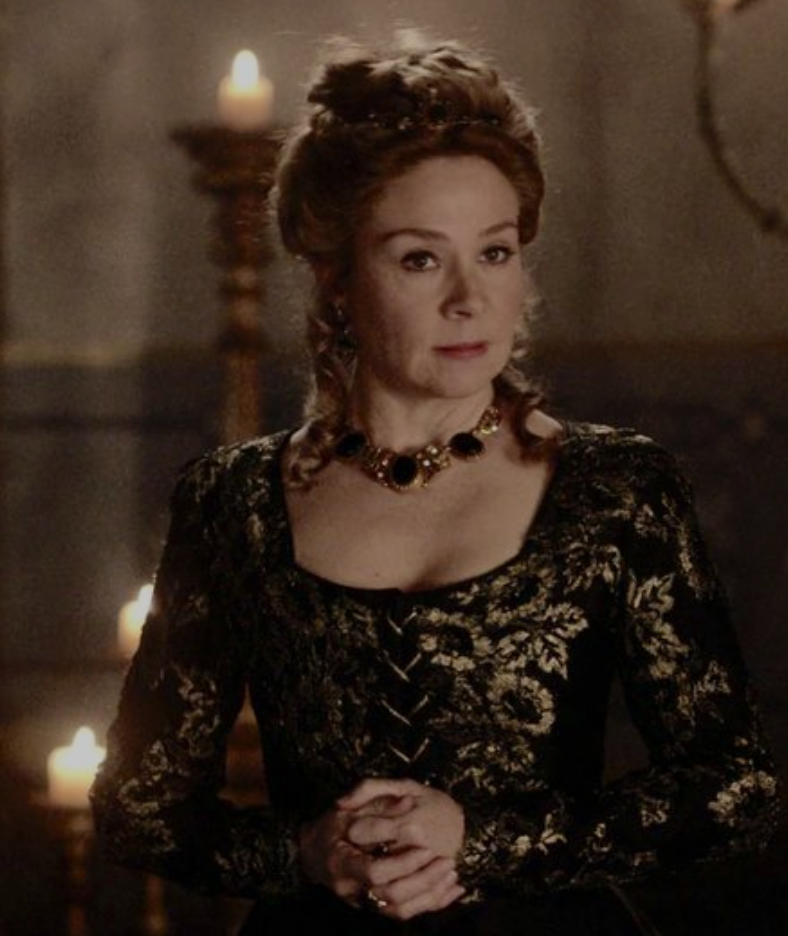
If you have watched the The Reign, that you can find on Netflix, you will agree with me. Catherine often used to plan huge banquets at the court of the Valois: sometimes for her pleasure, sometimes for political reasons. But whatever the reason could have been, I love to consider her the banqueting pioneer and predecessor.
ps. Please, do it for me! Pronounce the name with the accent on the E…de Mèdici and not Medìci!!! 😀
Almost modern age…
It is in the XVIII century that we can assist to the introduction of porcelain and crystal, for dinnerware and drink-ware. The white tablecloth becomes synonym of elegance and care for the mise-en-place. That means: yes to porcelain and crystal and no to ashtrays and toothpicks, considered vulgar and inappropriate.
Look at Marie Antoinette’s banquet and parties’ table: porcelain, white, crystals, golden forks and spoon. Elegance and details for big dinners, small lunches and informal tea parties!
The Banqueting is finally a reality.
Now that the lesson is over, we can concentrate on mise-en-place and sit-en-place…
…Yes, but it the next post!
The beautiful table is the lady of the arts of beauties. Anonymous.
